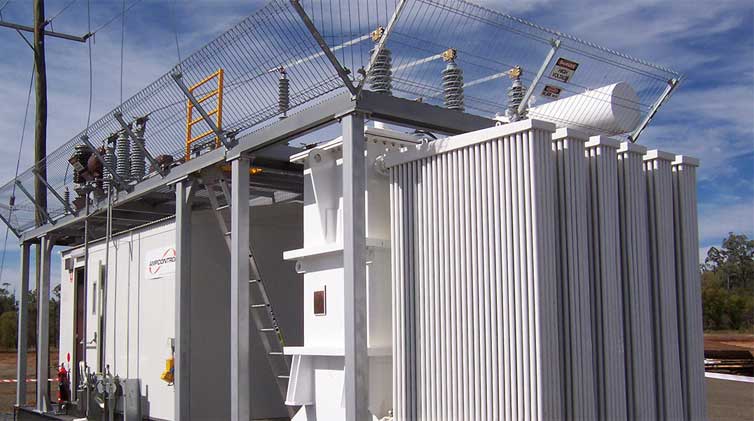Understanding of dry type transformer and oil immersed transformer
1, understand the role of the coil transformer
The most basic parts of a transformer are the coil and the iron core. Among them, the coil can be divided into primary coil and secondary coil. The difference between the two is whether the coil is connected to the power supply. The coil connected to the power supply is called the primary coil, and the rest of the coils are called the secondary coil. The function of the coil transformer is to transform the AC voltage, current and impedance. The role of the iron core is to strengthen the connection between the two coils. In most cases, in order to reduce the eddy current and hysteresis loss in the iron, the iron core is often laminated with painted silicon steel sheets.
Transformers are classified according to their uses: they can be divided into three categories, namely power transformers, power transformers and special transformers. Power transformers are commonly used in TVs, radios, etc., and belong to the low-voltage category. Power transformers generally have lines above 10kv. Its main function is to step down the voltage, that is, to reduce the voltage to the voltage used at all levels to meet the electricity demand everywhere. Special transformers are not common in daily life. Its main application site is the factory, which is used in places with special requirements such as dust-proof, heat-resistant, and moisture-resistant. Transformers are classified according to the cooling medium: dry-type transformers, oil-immersed transformers and gas-filled transformers are common.
2. Understand dry-type transformers and oil-immersed transformers
In daily life, dry-type transformers and oil-immersed transformers are often confused. In fact, the two can be easily distinguished from the appearance and site.
From the appearance point of view, dry-type transformers can directly see the iron core and coil, while oil-immersed transformers can only see the outer shell of the transformer.
From the point of view of the place of use, dry-type transformers are mostly used in places that require "fireproof" and "explosion-proof". Generally, large buildings and high-rise buildings will be used, while oil-type transformers have a high probability of oil spraying or leakage after failure. It is easy to cause fire, so it is mostly used outdoors, and places where "accident oil pools" are dug.
In addition, the capacity of oil-immersed transformers is larger than that of dry-type transformers, but under the same capacity, the price of dry-type transformers is higher than that of oil-immersed transformers. Dry-type transformer models generally begin with SC (epoxy resin casting encapsulation), SCR (non-epoxy resin casting solid insulation encapsulation) or SG (open type).
There are many classification methods and types of transformers. For example, according to the cooling method, they can be divided into natural cooling, air-cooling, and water-cooling; according to the number of coils, they can be divided into autotransformers, double-winding and three-winding transformers; Type classification includes core type transformer, shell type transformer; and so on.
Jump to Content Sections
Leave a Message
You May Also Like
 English
English  français
français  Español
Español  русский
русский  العربية
العربية  tiếng việt
tiếng việt  Malay
Malay  Indonesia
Indonesia  বাঙালি
বাঙালি 


